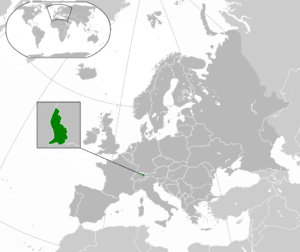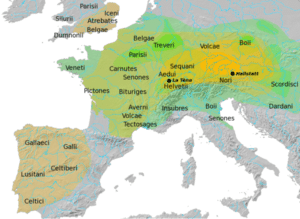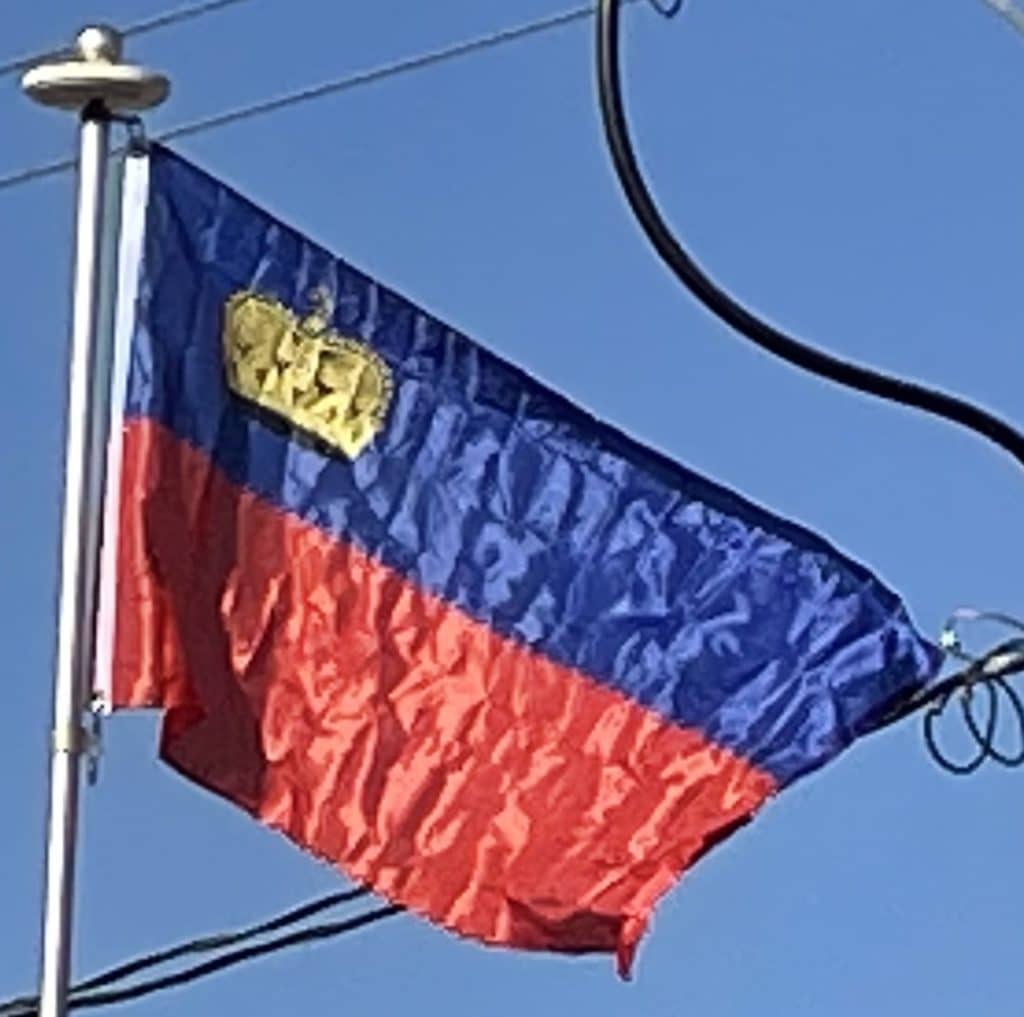Introduction:
Liechtenstein, officially the Principality of Liechtenstein, is a German-speaking microstate situated in the Alps and in the southwest of Central Europe. The principality is a semi-constitutional monarchy headed by the Prince of Liechtenstein; the Prince’s extensive powers are equivalent to those of a President in a semi-presidential system.
Liechtenstein is bordered by Switzerland to the west and south and Austria to the east and north. It is Europe’s fourth-smallest country, with an area of just over 160 square kilometers (62 square miles) and a population of 38,749. Divided into 11 municipalities, its capital is Vaduz, and its largest municipality is Schaan. It is also the smallest country to border two countries. Liechtenstein is one of only two doubly landlocked countries in the world, along with Uzbekistan.

Economically, Liechtenstein has one of the highest gross domestic products per person in the world when adjusted for purchasing power parity. The country has a strong financial sector centered in Vaduz. It was once known as a billionaire tax haven, but is no longer on any blacklists of uncooperative tax haven countries. An Alpine country, Liechtenstein is mountainous, making it a winter sport destination.
Liechtenstein is a member of the United Nations, the European Free Trade Association, and the Council of Europe. Although not a member of the European Union, it participates in both the Schengen Area and the European Economic Area. It has a customs union and a monetary union with Switzerland.
History:
Early History to 13th Century:
The oldest traces of human existence in what is now Liechtenstein date back to the Middle Paleolithic era. Neolithic farming settlements were initially founded in the valleys around 5300 BC.
The Hallstatt and La Tène cultures flourished during the late Iron Age, from around 450 BC—possibly under some influence of both the Greek and Etruscan civilizations.

One of the most important tribal groups in the Alpine region were the Helvetii. In 58 BC, at the Battle of Bibracte, Julius Caesar defeated the Alpine tribes, therefore bringing the region under close control of the Roman Republic. By 15 BC, Tiberius—later the second Roman emperor—with his brother, Drusus, conquered the entirety of the Alpine area. Liechtenstein was then integrated into the Roman province of Raetia. The area was maintained by the Roman military, who also maintained large legionary camps at Brigantium (Austria), near Lake Constance, and at Magia (Swiss). A Roman road which ran through the territory was also created and maintained by these groups. In c.260, Brigantium was destroyed by the Alemanni, a Germanic people who settled in the area in around 450 AD.
In the Early Middle Ages, the Alemanni settled the eastern Swiss plateau by the 5th century and the valleys of the Alps by the end of the 8th century, with Liechtenstein located at the eastern edge of Alemannia. In the 6th century, the entire region became part of the Frankish Empire following Clovis I’s victory over the Alemanni at Tolbiac in 504 AD.
